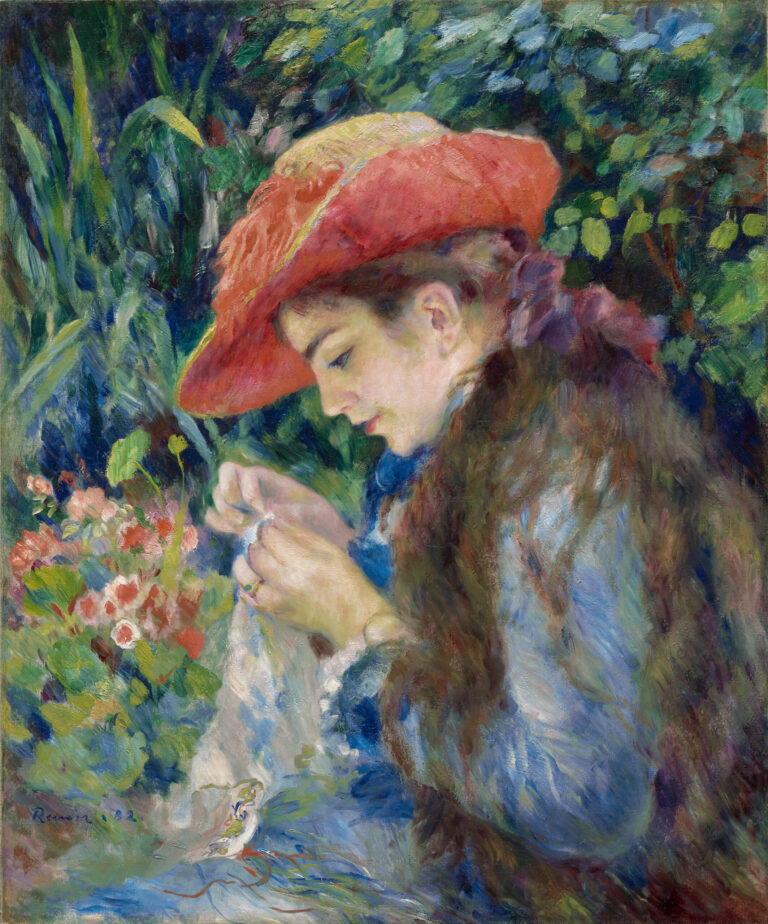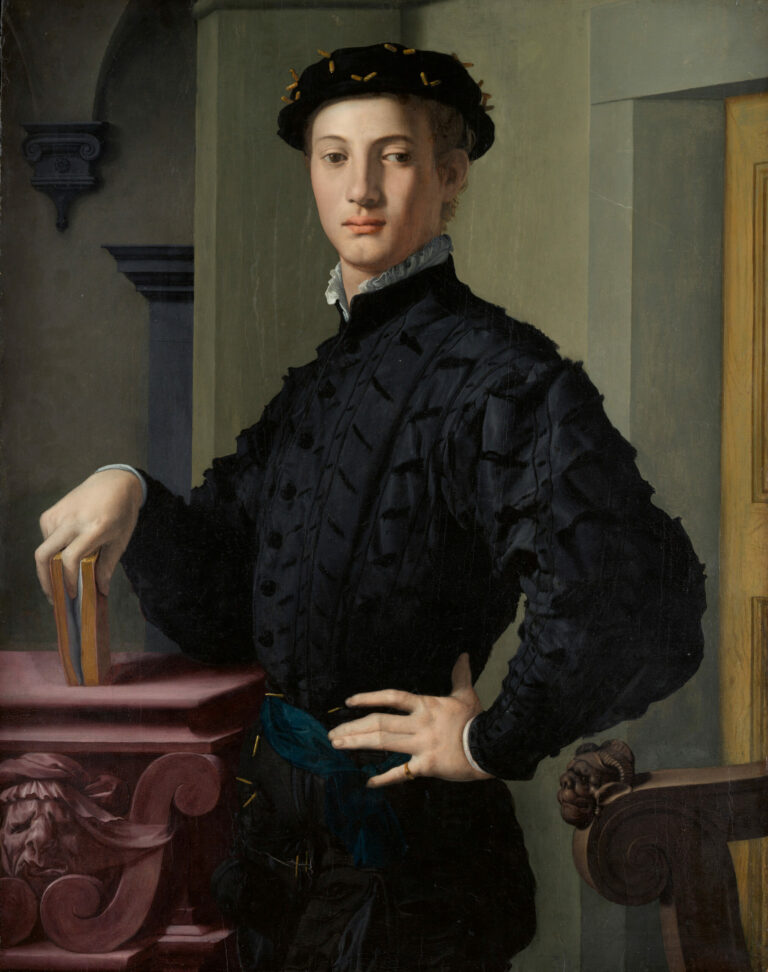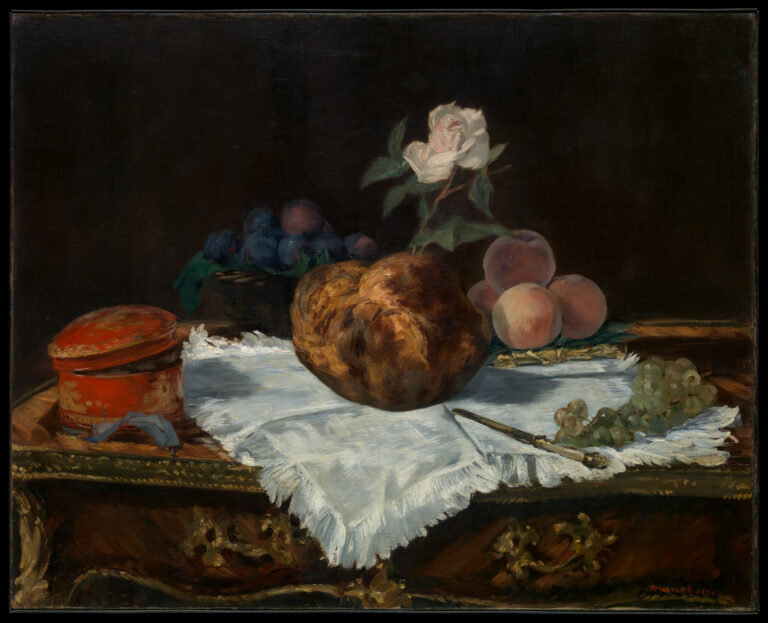
A luminous canvas where Sisley presents a summer vision of a rural path bordered by majestic trees, revealing a modest dwelling with reddish-tiled roof.
The slender poplar trunks, rendered in purplish vertical brushstrokes, create rhythm across the space, while our gaze is drawn to the white house standing out against an almost luxuriant green background. The sky, animated by light clouds, bathes the scene in a silvery light characteristic of the Île-de-France climate. The presence of a few silhouettes on the path brings a touch of life and human scale to this bucolic landscape. Sisley’s technique, composed of vibrant, fragmented brushstrokes, admirably captures the quivering foliage and changing luminosity of a summer day.
Additional Information
- The Road from Moret to Saint-Mammès by Alfred Sisley, c. 1883-1885
- 19 7/8 x 24 1/4 in. (50.5 x 61.5 cm)
- The Metropolitan Museum of Art, Fifth Avenue, New York, not currently on display
- https://www.metmuseum.org/art/collection/search/437684
Alfred Sisley (1839-1899), though born in Paris to British parents, is one of the most “French” Impressionist painters in his sensibility and attachment to the Île-de-France landscape. Unlike some of his more famous contemporaries, he remained faithful throughout his life to Impressionist principles, dedicating himself almost exclusively to landscape.
The Moret-sur-Loing region became his refuge and primary source of inspiration, where he tirelessly painted variations of light on the river, medieval architecture, and country paths, with a delicacy and sincerity that establish him as one of the undisputed masters of Impressionist landscape.






